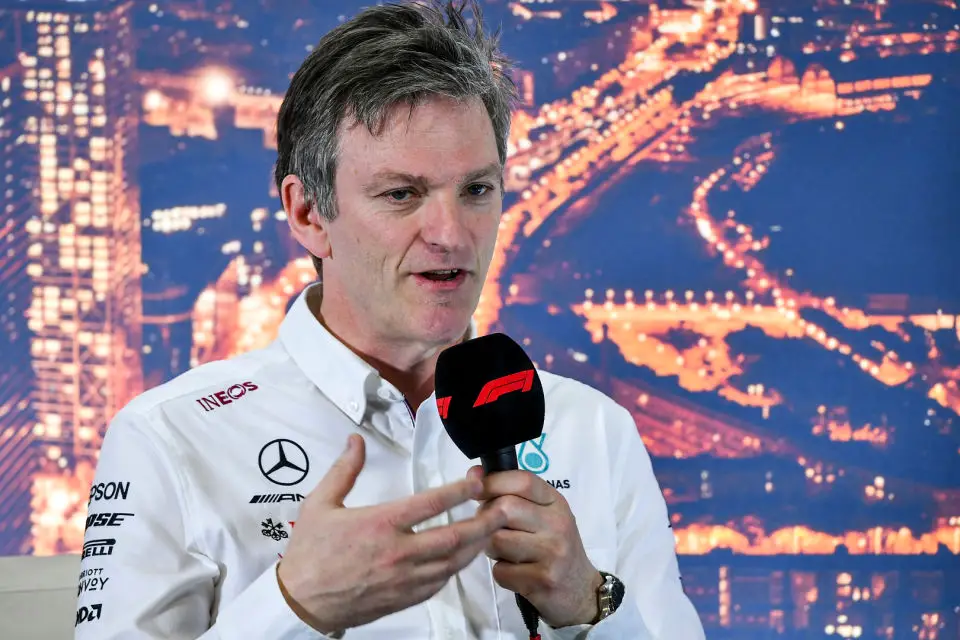Mercedes Technical Director James Allison Unveils Radical Shifts in W15 Strategy: A Deep Dive into the Future of F1 Racing
In a recent revelation, Mercedes Technical Director James Allison has shed light on the transformative changes in the team’s Formula 1 strategy, specifically with the W15. These shifts signify a pivotal moment for the future of Mercedes in F1 racing.
Key Takeaways:
- Concept Beyond Car Design: Allison emphasizes the importance of conceptual thinking in F1, stating, “To the mind of a designer or a performance person in F1, concept is actually nothing to do with the car. It’s about a process by which you decide what good looks like, and what bad looks like.”
- Methodology Dictates Car Output: The struggles of Mercedes are not just about the car, but more about their approach. Allison explains, “It’s method. The car itself is just the output of that method. So when you talk to us about concept, we’re hearing: ‘What, you think our wind-tunnel weighting system wasn’t right?’”
- Sidepods: A Misunderstood Element: Addressing the ‘zero sidepods’ design, Allison remarks, “It was not right from front to back and that’s the thing we have had to learn and have had to deal with – that’s taken us longer than we would have liked.”

In an insightful discussion about the current state and future direction of Mercedes in Formula 1, James Allison, the team’s Technical Director, has provided a rare glimpse into the significant shifts happening within the team. This revelation comes at a crucial time as Mercedes continues to navigate through a period of notable challenges in the sport.
Allison’s commentary goes beyond mere technical aspects of car design, ushering in a broader perspective on how F1 teams must adapt and evolve. His statement, “To the mind of a designer or a performance person in F1, concept is actually nothing to do with the car. It’s about a process by which you decide what good looks like, and what bad looks like,” underscores a philosophical shift in Mercedes’ approach to F1 racing. This shift marks a departure from traditional views, emphasizing a more holistic and methodical process in defining success and failure in the sport.
The focus on methodology as the driving force behind car output is another pivotal point. Mercedes’ recent struggles can be attributed to their underlying methodology, as Allison notes, “It’s method. The car itself is just the output of that method. So when you talk to us about concept, we’re hearing: ‘What, you think our wind-tunnel weighting system wasn’t right?’” This statement sheds light on the intrinsic connection between the team’s approach and the performance of their cars on the track, suggesting a need for introspection and change in their strategic thinking.
One of the most talked-about elements in Mercedes’ design has been the ‘zero sidepods’. Allison addresses this by stating, “It was not right from front to back and that’s the thing we have had to learn and have had to deal with – that’s taken us longer than we would have liked.” His candid acknowledgment of the design’s shortcomings illustrates a willingness to learn and adapt. He adds, “But the sidepods are maybe emblematic of a team that took a little too long to figure out which way was up, but by no means the distinguishing feature that sealed our fate.”
In conclusion, Allison’s insights into the W15 and the broader strategy of Mercedes in Formula 1 reveal a team in transition, grappling with its identity and approach in a highly competitive and rapidly evolving sport. The focus now shifts to how these conceptual and methodological changes will manifest in their future performance, making Mercedes a team to watch closely in the coming seasons.




